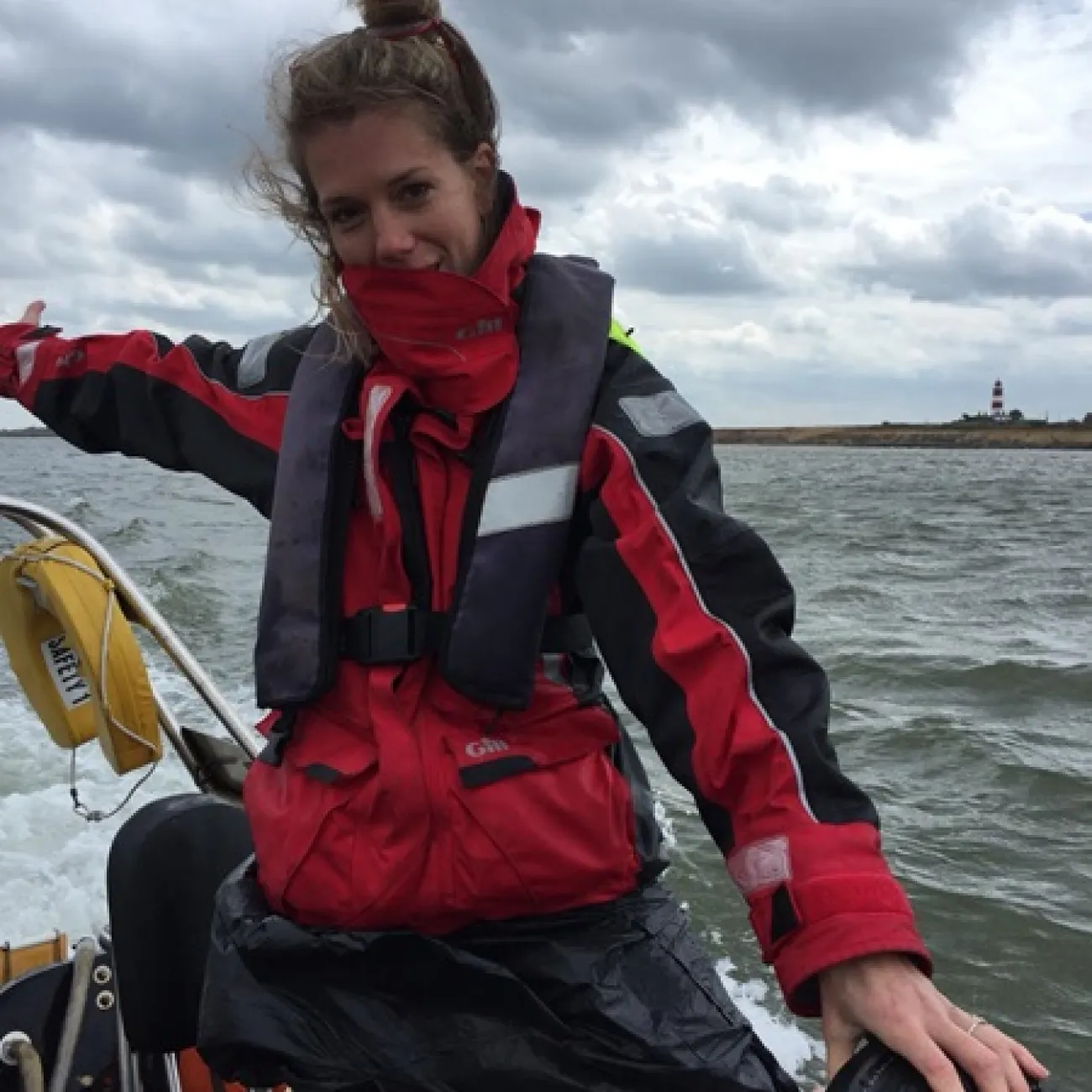Research
Research groups
Research interests
- Human origins
- Quaternary landscape and environmental change
- Submerged landscapes
Current research
Understanding past human behaviour is reliant on an incredibly fragmentary terrestrial record, a record that is even further truncated by changes in sea level throughout the Pleistocene that have led to the submergence of large areas of once habitable land. With my interests focusing on a desire to understand the big questions of how, why and when our earliest ancestors were migrating and occupying new, often marginal parts of the world, I am naturally fascinated by what these drowned landscapes can tell us. To do this I am interested in developing the ways in which we target and investigate submerged landscapes, from both a first-hand, diver-led perspective, as well as through remote sensing and retrieval of palaeoenvironmental information from seabed coring.
I am currently engaged in a project involving diving and geophysical data-collection off the coast of Happisburgh, UK, the earliest site of human occupation of northern Europe at just under a million years old. This project uses the analysis of out-of-context beach finds (Pleistocene mammal remains and stone tools) recovered by local collectors to target high-potential archaeological locations above and below the waterline.
I am also looking at the use of industry data to re-contextualise out-of-context archaeology from submerged deposits in the southern North Sea, constructing a narrative around the formation of their original landscapes of deposition. While also working closely with local collectors, this project is geared more towards marine planning and mitigation in order to identify the reasons why current industry standard methodologies struggle to identify this type of archaeological resource and to think about how this might be adapted for the future.
